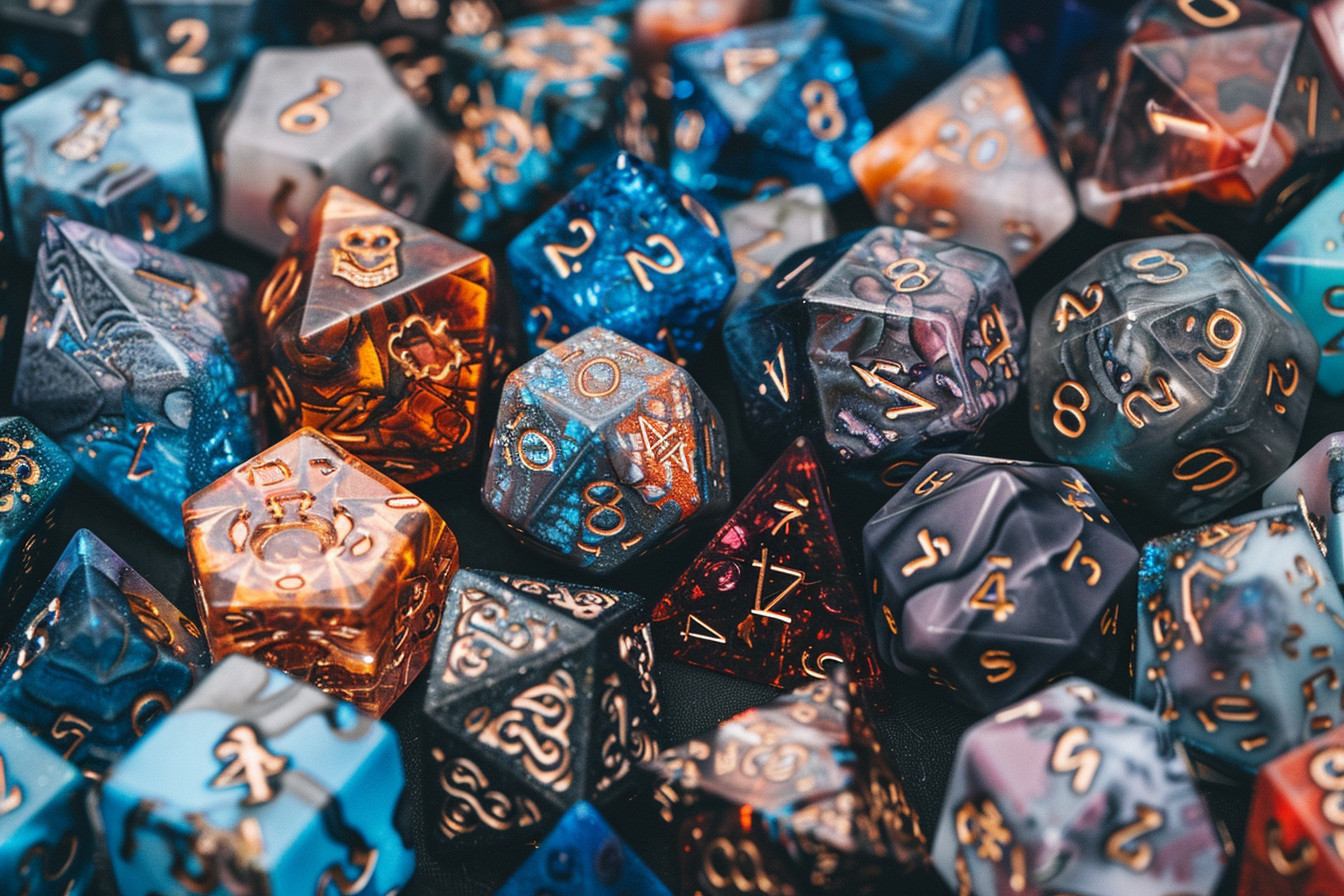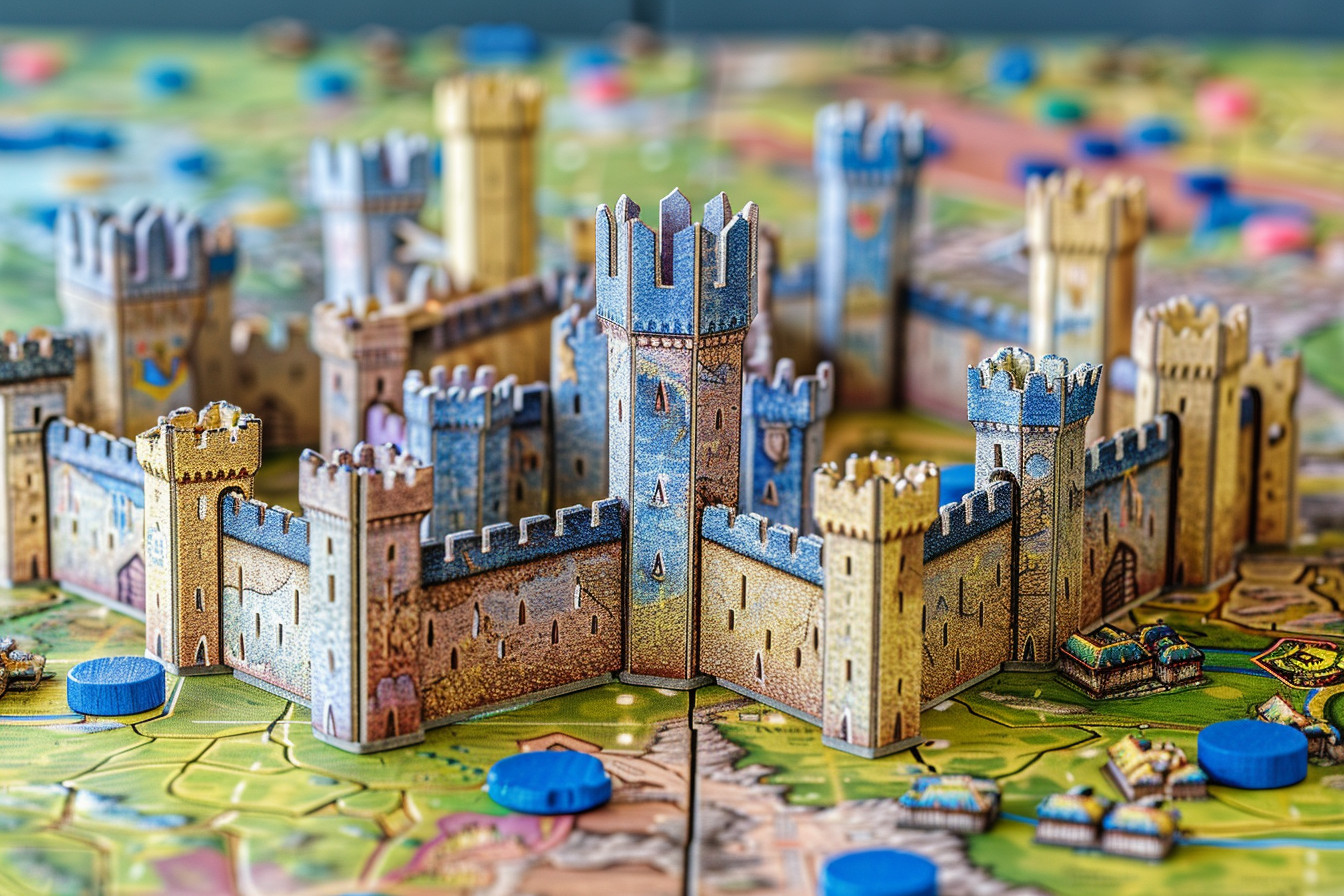It is unusual for board games to excite and intrigue party-goers. One person invents a game–which may or may not, be any good–and struggles to sell that to his mother-in-law, let alone the mass market. Some games never make it beyond the prototype stage, and yet others, like Codenames, are so successful that they soon become modern classics.
Codenames was designed by Czech game maker Vlaada Chvátil. Since first published in 2015, it has captured the hearts of both hard-core and casual gamers.Despite logging numerous hours unraveling the mysteries of Codenames, I never tire of the game. Its simplicity combined with layers upon layers of strategic thought make it attractive and approachable for newcomers while still providing a challenge for the old-hands.
The basic premise of Codenames is that two teams vie to identify their own set of secret agents hidden among a grid made up entirely random words. Each team has a Spymaster who provides one-word clues with multiple word answers on the board. The challenge then comes in decoding these hints so that your spies are recognized and at the same time the other team’s operatives remain hidden. In family gatherings the atmosphere grows tense as missions are on their final run.
Setup
Setting up Codenames is a piece of cake. As far as group games go, it’s suitable both for a quick one on game night and as the mainstay of extended gaming sessions. The game consists of a deck of word cards, a set of key cards, a timer, and the agent cards in red and blue. First, shuffle the word cards and lay out 25 in a 5×5 grid on the table.
These words make up the playing field where the agents will hide. Then, pick a key card that Spymasters from both sides will share. The key card is a 5×5 grid that corresponds to the words laid out on the table, showing where the red agents, blue agents, innocent bystanders, and assassin is located. The key card is placed on a stand so only the Spymasters can see it.
This step is easy and efficient, ensuring you can get started fast without having to take a long time to prepare. The remaining components are the agent cards and the innocent bystander cards. Both sides take their own set of agent cards—red for one side and blue for the other. The innocent bystander cards are placed in a pile nearby. Also included in the game are a double agent card, which is used to balance the game according to which team starts first.
To decide which team goes first, consult the key card. The starting team will have an extra agent on the board and will need the double agent card in order to complete their set. When the Spymasters in their places and settle down, each side will gather on their own side of the table, ready to interpret the signals their Spymaster gives.
Game content
The simple, deep strategic play of Codenames is its best asset. The game is played over many turns, with team Spymasters giving a one-word clue and figure that is related to as many as several words on the board.some clues are used for near-infinite word
For example, if the Spymaster chooses ‘Animal 3,’ among words on the 25-word chart team might consider such terms as ‘lion,’ ‘horse’ and ‘eagle.’ These words are what they must identify. Certainly, anyone hitting upon North American owls will also want to avoid getting any words that belong to the opposing team or, worse still, the assassin. This is where the excitement lies-particularly for careful thought in team strategy.
Spymasters revel in their role, living out its pleasures as well as anxieties. Often have I had occasions when my clues were completely understood, which brought cheers and cheers everywhere; on other occasions a good intentioned clue incorrect led the whole team straight into the enemy assassin ending game immediately. This makes success for Spymasters tantamount in importance to being a good general isn’t enough of You see.? Some requirements are clear and reliable thinking, together with originality in ideas.
Once a word has been chosen by the team, the Spymaster places the corresponding card on top of it–an agent card, bystander card, or assassin’s red card that will make people scream in fear. If a team picks a word and correctly identifies their own agents off it, then that team can keep on guessing times updated by their clues. But if they select a word that matches an innocent bystander or another team’s agent, they are out! Only choosing the right word will end your turn soonest–and even at once mean game over for all players simultaneously.
Choose the assassin and the game is instantly over.
Each team takes turns until either one of them identifies all its own agents or the entire board is revealed. Against this backdrop each move and guessing. The combination of working together and standing apart as a player after all this is representative of every session staged, making it unique in the world. This gives it an appeal to new players everywhere.
Strengths of Codenames
One of its greatest assets is that it is easy to play. The rules are easy to understand, and because it is suitable for people of all ages–even the youngest–and any level skill. Play Codenames with friends who are really board game enthusiasts or play it with those who’ve never tried before, and it is always a hit.
More importantly, though, the game’s replay value is high. With 200 word cards per deck and countless combinations that can be formed from them, no two games are ever the same. Each time you play creates a new challenge as the words and clues change out. This variability provides endless new summation- format fresh dungeons or treats unique characteristics from industry around uniformity diehard customers-all which help keep the excitement level up and make sure that Codenames stays on list of everyone’s favorite games. I’ve played this game more times than you can shake a stick at, and it still feels fresh.
Another highlight of Codenames is its social aspect. The game encourages communication and teamwork because players must work together in order to understand what the Spymaster hints at. For parties and get-togethers, this collaborative aspect alone Additionally makes it a terrific choice; it induces participation and discussion. Even quiet players, who typify the experience of seeing Codenames for yourself, can get into a joyously spirited debate! The game has that effect on everyone.
Codenames also adapts well to different group sizes. While it’s best played in 7-10 player teams, there’s still even fun to be had with smaller groups or as a two-player game with a little modification. This adaptability makes it an all-round game suitable for a variety of scenarios. Whether you’re seeking a quickie to fill up your time or looking for the centerpiece game to a night of playing, Codenames is right up there with other great entries such as Chess or Go.
Weaknesses of Codenames
Although generally outstanding, Codenames also suffers from a few drawbacks. One possible pitfall is that the players’ skill levels may not be closely matched. The game is heavily based upon word association and being able to think creatively, so teams with more experienced players or people that have built up a good rapport will generally have a significant edge over newcomers or those who are less confident. This unfairness can lead to irritation amongst new players.
Analysis paralysis, or ‘over-thinking’, is another negative effect – particularly for Spymasters. Putting together a clue that unites lots of words while avoiding the assassin and their team can be a tough call indeed! Directly as a result of this pressure, the game’s tempo can slow down. In some games Spymasters Take several minutes just To think up one good clue, And there’re no words for how that is likely to try everyone else’s nerves.
Being a game built around verbally telling people information, the game has one disadvantage to it. Although this gives the game a great deal of social quality — players will never get bored or feel isolated playing this game with as countless friends as they like –, some just don’t relish speaking in public. And some people don’t offer a word when you want them back another – altogether different — maybe never do so at all This dynamic can sometimes give more vocal players an upper-hand during discussions.
Lastly, while diversity is usually a strength in any game or experience, the countless possibilities of word combinations can lead to cunning cases where the game seems more like work under a funny hat than fun on its face, or worse yet–a box of five prize fish that all carefully swim around each other, doing nothing at all. This randomness can sometimes mean that the players feel less involved in it; and vary from game to game depending on which particular words are being chosen as targets.
Final Thoughts
Codenames has achieved standing as one of the classics in the world of party games, and it’s a position not without good reason: Simple rules, rich strategic scopeA game in which the social aspects and choices you make is thus important the other two Bedapi star in different rooms Little favors from strangers count for nothing, there are few things quite so wonderful asCards of Destiny 4 the winners. So whether you’re introducing new players to the title board games or looking for a trusty favorite on game night. Codenames delivers a consistently enjoyable experience.unsubscribe
Furthermore, the ease with which each game can be understood by young and old, expert or layperson, means its appeal extends across generations and levels of experience: under 1 percent blank, nil and for nothing. In addition, a quick set-up and short playtime mean that scratching up only two games compels you to make the most of an evening’s fun play, or even half an hour’s break among friends is well spent–without taking too much trouble over anything more long-range.
It’s simple enough to learn the rules, but its depth of tactics still provides a lot in the way for challenges that can withstand many a replay. Of course, like all games, Codenames has its flaws. It can be unfair if people have uneven skills or become paralysed in analysis: yet by looking carefully at the dynamics within a team and emphasising the fun rather than the struggle, these problems are often resolved. In addition, the game’s reliance upon references to language and culture may form a barrier; however, with a good group this challenge becomes part of the pleasure as you negotiate between different views and associations.
In conclusion, Codenames successfully incorporates people, encourage creative thinking, and open the door to infinite laughter and mirth. In attaining such a balance of simplicity and profundity, it is no surprise that Codenames has become a cherished classic throughout the boardgaming world. If you haven’t yet had the pleasure of secretly deciphering agents at the table with your friends and family, then I highly recommend that you give Codenames a go. It’s not just a game but rather an entire storehouse for memories and experiences shared between friends and family members. So rally the troops together, engage your brain now and let Codenames take you into their world–you won’t be sorry.








